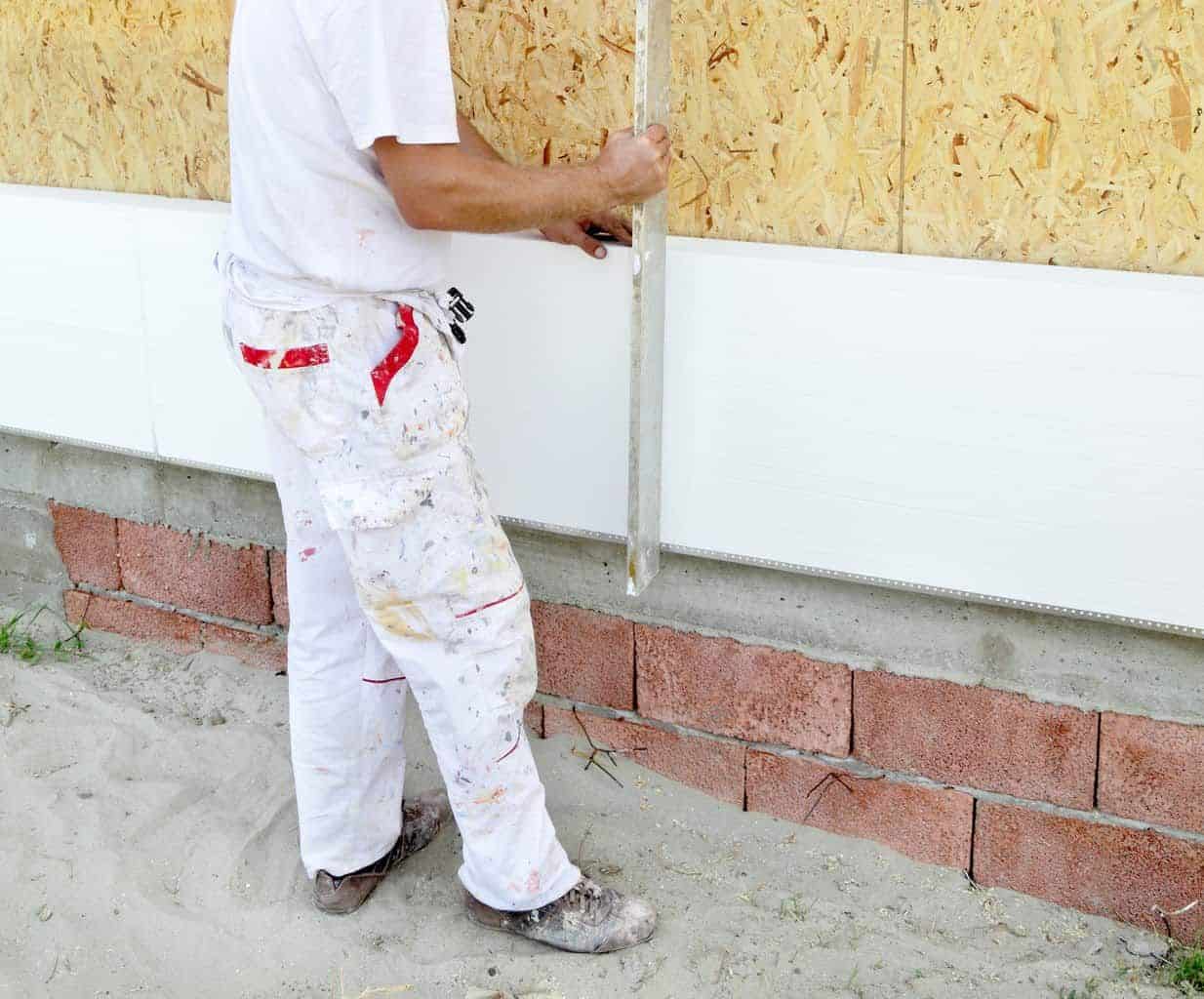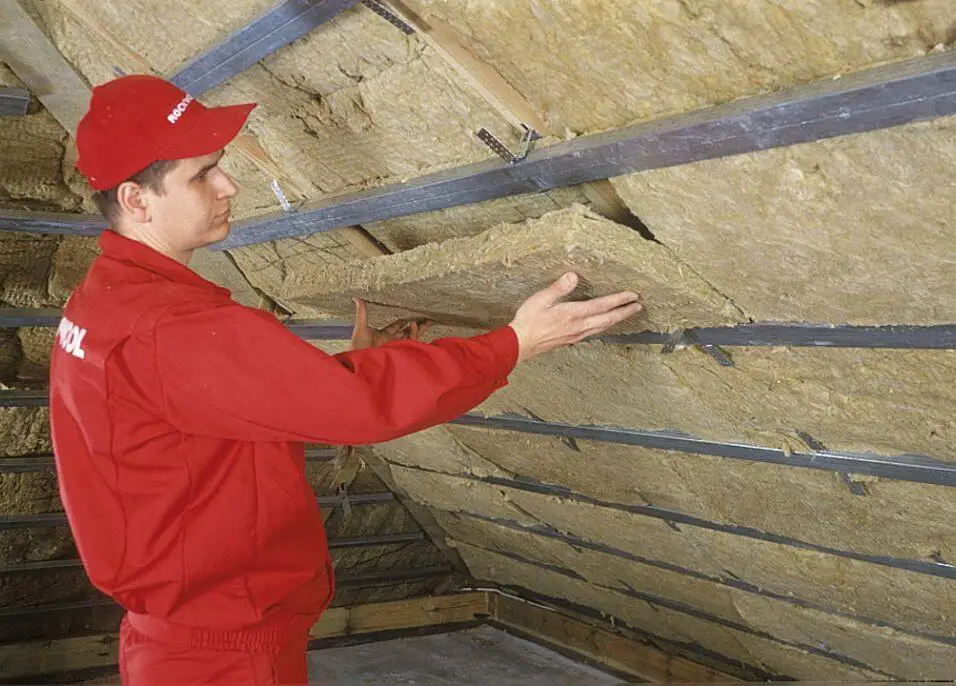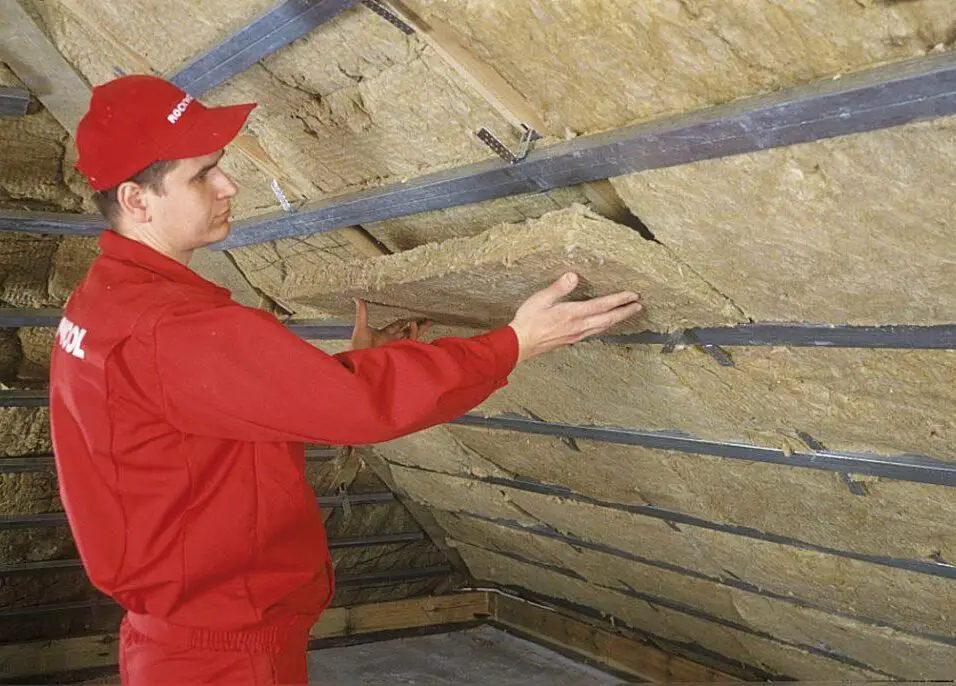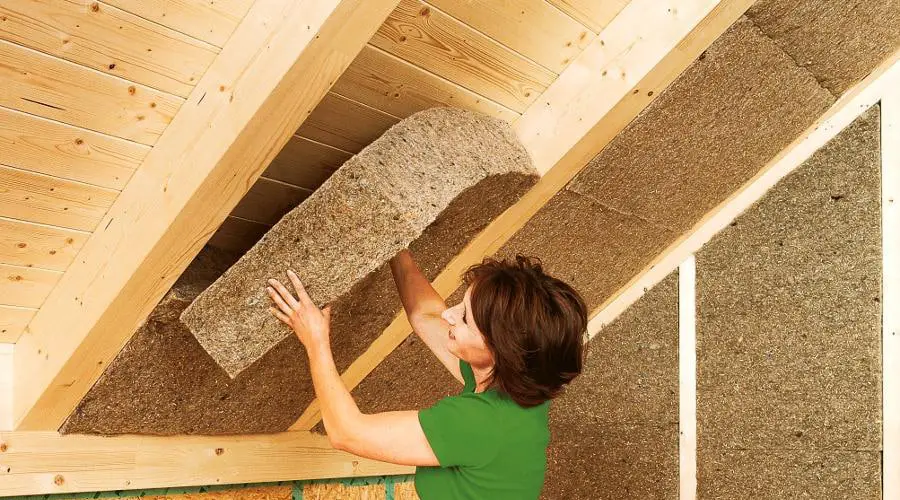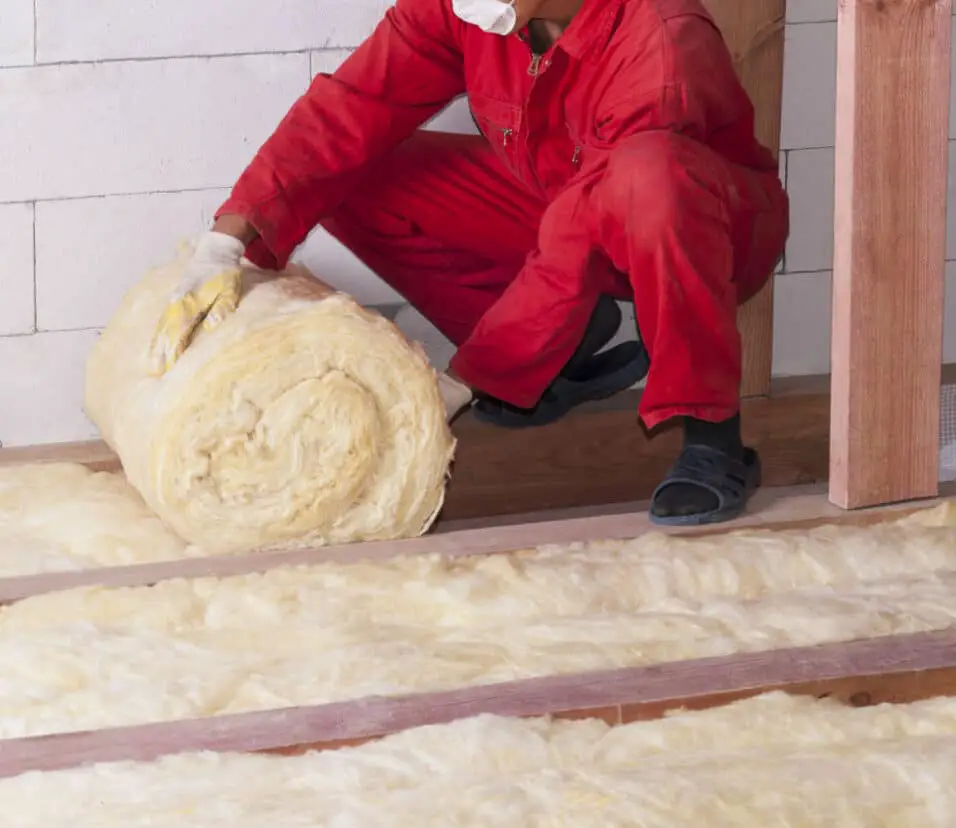How To Install Foam Board Insulation On Exterior Walls
Introduction
How To Install Foam Board Insulation On Exterior Walls: Installing foam board insulation on exterior walls is a highly effective way to enhance energy efficiency and comfort within your living space. By creating a thermal barrier between your home and the outdoor elements, foam board insulation helps regulate indoor temperatures, reduces energy consumption, and even dampens noise. This versatile solution is particularly suitable for homeowners seeking to fortify their residences against varying weather conditions.
We will walk you through the essential steps to correctly install foam board insulation on your exterior walls. From gathering the necessary tools and materials to preparing the installation site, we will cover every aspect of the process to ensure a successful outcome. You’ll learn about the different types of foam board insulation available, their respective benefits, and how to select the most suitable option for your needs.
Proper installation techniques are crucial to maximizing the insulation’s effectiveness, so we’ll delve into the intricacies of measuring, cutting, and securing the foam boards to your walls. You’ll also discover insights on addressing potential challenges, such as dealing with obstacles like windows and doors. Whether you’re a seasoned DIY enthusiast or a novice homeowner, this guide will empower you to tackle the installation process confidently and enjoy the long-term benefits of a well-insulated home.
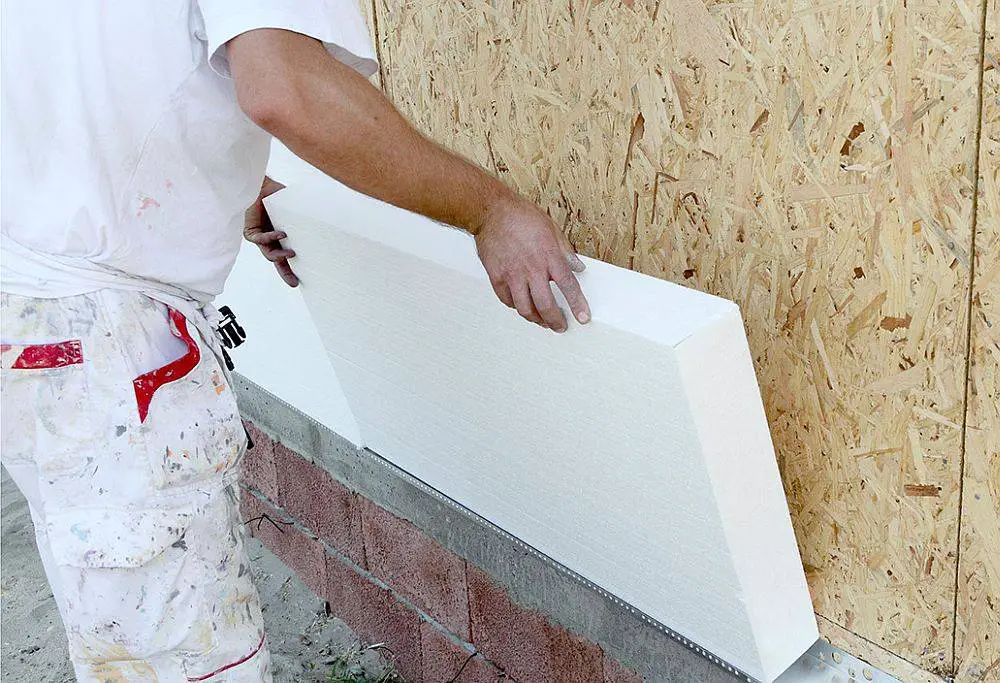
Can you use foam board insulation on exterior walls?
Insulated foam sheathing instead of wood sheathing increases exterior wall R-value and moisture control at a lower cost. Download a DOE fact sheet on wall insulation recommended practices.
Foam board insulation improves outside wall thermal efficiency and performance. This flexible insulation material blocks heat transfer via walls, protecting against outdoor temperatures. Foam boards minimize thermal bridging, when heat easily travels through studs and other structural components, boosting energy efficiency by providing a continuous insulation layer.
Foam board insulation comes in EPS, XPS, and polyisocyanurate (polyiso) varieties with varying qualities for different needs. These stiff panels resist moisture incursion, which is essential for exterior walls exposed to rain, snow, and other factors.
When installing foam board insulation on exterior walls, evaluate the material’s R-value, or thermal resistance, to fit your climate zone. Foam board insulation can reduce energy use, improve indoor comfort, and make a home more sustainable when properly done.
What is the best way to insulate exterior walls?
Best Insulation for Open Exterior Walls
- Fiberglass Insulation. Fiberglass insulation is one of the options that is going to require tearing down your drywall.
- Foam Board Insulation.
- Spray Foam Insulation.
- Blown-In Cellulose Insulation.
- Injection Foam Insulation.
The most effective approach to insulating exterior walls involves a combination of high-quality insulation materials and proper installation techniques. One of the commonly recommended methods is using a combination of cavity insulation and exterior rigid foam board insulation.
To fill wall gaps, fiberglass or cellulose cavity insulation is put between wall studs. This provides basic insulation and decreases heat transfer via the studs. Exterior rigid foam board insulation is added to the wall’s exterior. This technology reduces thermal bridging and increases wall assembly insulation by creating a continuous insulation layer.
To minimize air loss and maintain insulating efficiency, plug gaps, cracks, and joints. The insulating material’s R-value should fit your climate zone and energy efficiency goals.
A balanced approach that combines multiple insulation materials, installation perfection, and avoiding thermal bridging to maximize energy efficiency and comfort in your home is the ideal method to insulate external walls.
How do you insulate exterior walls from outside?
To add insulation to any exterior wall, holes are drilled between the studs of the existing walls. Then, spray foam, cellulose, or another form of loose-fill can be blown in to fill up the wall cavities. Finally, the holes must be plugged up and refinished to match the rest of the wall.
The process begins with preparing the wall surface by cleaning and repairing any damage. After the weather-resistant barrier is in place, the exterior finish is applied. This finish can range from stucco to siding, depending on the desired aesthetic. Proper sealing of joints, corners, and edges is vital to prevent air infiltration and ensure the insulation’s efficiency.
What type of insulation is used for exterior walls?
Foam Board or Rigid Foam
They are very effective in exterior wall sheathing, interior sheathing for basement walls, and special applications such as attic hatches. For insulating exterior walls, rigid foam board insulation is commonly used due to its effectiveness and durability. This type of insulation comes in various materials, each offering distinct benefits. Expanded polystyrene (EPS), extruded polystyrene (XPS), and polyisocyanurate (polyiso) are among the most prevalent options.
EPS insulation is lightweight and cost-effective, making it a suitable choice for various climates. XPS insulation boasts high moisture resistance and a dense structure, making it ideal for areas prone to water exposure. Polyiso insulation offers excellent R-value per inch and is known for its efficiency in a variety of climates.
These rigid foam board insulations are applied to the exterior walls either through direct attachment or as part of an exterior insulation and finish system (EIFS). EIFS involves securing the insulation to the wall, covering it with a weather-resistant barrier, and then applying a decorative finish.
Overall, the choice of insulation type depends on factors such as climate, budget, and specific performance requirements, all of which contribute to creating a well-insulated and energy-efficient exterior wall assembly.
What are the essential tools and materials needed to install foam board insulation on exterior walls?
The necessary tools typically include a tape measure, utility knife or insulation cutting tool, straight edge or T-square for precise cuts, a saw (such as a circular saw or handsaw) for larger panels, a foam rasp for shaping edges, and a caulking gun for adhesive application. Safety equipment such as gloves, safety glasses, and a dust mask are also important to protect yourself during the installation.
Having the right tools and materials on hand ensures that you can carry out each step of the installation process accurately and efficiently, resulting in a well-insulated exterior wall that provides lasting energy efficiency and comfort benefits.
Could you explain the benefits of using foam board insulation on exterior walls in terms of energy efficiency and comfort?
Using foam board insulation on exterior walls offers significant benefits in terms of both energy efficiency and comfort. This insulation method creates a continuous thermal barrier that minimizes heat transfer through the walls, leading to substantial energy savings. By reducing thermal bridging—where heat escapes through structural elements like studs—foam board insulation helps maintain a more stable indoor temperature, reducing the need for heating and cooling systems and resulting in lower energy bills.
Foam board insulation also enhances the comfort of living spaces by effectively regulating indoor temperatures. During colder months, it prevents heat loss to the outdoors, keeping interiors warm and cozy. Conversely, in hot weather, it prevents outdoor heat from infiltrating, maintaining a cooler interior. This consistency in temperature reduces drafts and cold spots near walls, providing a more comfortable living environment throughout the year.
Furthermore, foam board insulation has the added advantage of reducing noise transmission from the outdoors, creating a quieter and more peaceful indoor setting. It also acts as a moisture barrier, helping to prevent water intrusion and potential damage to the structure.
What are the key considerations when selecting the appropriate type of foam board insulation for exterior wall installation?
Several considerations must be considered while choosing foam board insulation for exterior wall installation. Insulation materials vary in thermal performance, thus climate matters. Extreme temperature areas may benefit from greater R-value insulation like polyisocyanurate (polyiso), whereas gentler climes may choose EPS or XPS.
Another important factor is moisture resistance. Choosing moisture-resistant insulation like XPS can assist minimize water damage and preserve insulation efficiency in wetter climates. Fire resistance ratings may matter for buildings in fire-prone areas.
The insulation’s compressive strength should match the wall’s structural needs to sustain the cladding and resist external stresses. Proper installation and durability require compatibility with the outside cladding or finishing material. Finally, budget matters. Polyiso has greater R-values per inch but is more expensive.
What are some recommended techniques for securely attaching foam board insulation to exterior walls to ensure long-lasting performance?
Securely attaching foam board insulation to exterior walls is crucial for ensuring its long-lasting performance and effectiveness. Here are some recommended techniques to achieve a durable and reliable installation:
Use Proper Adhesive: Choose an adhesive specifically formulated for foam board insulation.
Mechanical Fasteners: Along with adhesive, use mechanical fasteners like screws or nails to secure the insulation panels. Fasteners provide additional stability and prevent the insulation from shifting or coming loose over time.
Stagger Fasteners: Place mechanical fasteners in a staggered pattern to minimize the risk of thermal bridging and ensure consistent attachment throughout the panel.
Follow Manufacturer’s Guidelines: Adhere to the manufacturer’s recommendations for fastener spacing and application techniques to ensure the insulation is properly secured.
Inspect for Gaps and Voids: Regularly inspect the installation for any gaps, voids, or areas where the insulation hasn’t adhered properly. Address these issues promptly to maintain the insulation’s integrity.
Weather-Resistant Barrier: If using an exterior insulation and finish system (EIFS), ensure proper installation of a weather-resistant barrier over the insulation. This barrier protects the insulation from moisture infiltration.
Protective Cladding: Install protective cladding or finishing material over the insulation to shield it from the elements and provide additional support. Make sure the cladding is attached securely to prevent it from compromising the insulation’s attachment.
Seal Joints and Edges: Properly seal joints, corners, and edges of the insulation to prevent air infiltration and moisture penetration. This step helps maintain the insulation’s thermal performance and durability.
By following these techniques, you can achieve a robust and lasting installation of foam board insulation on exterior walls, enhancing energy efficiency and comfort while preventing potential issues over time.
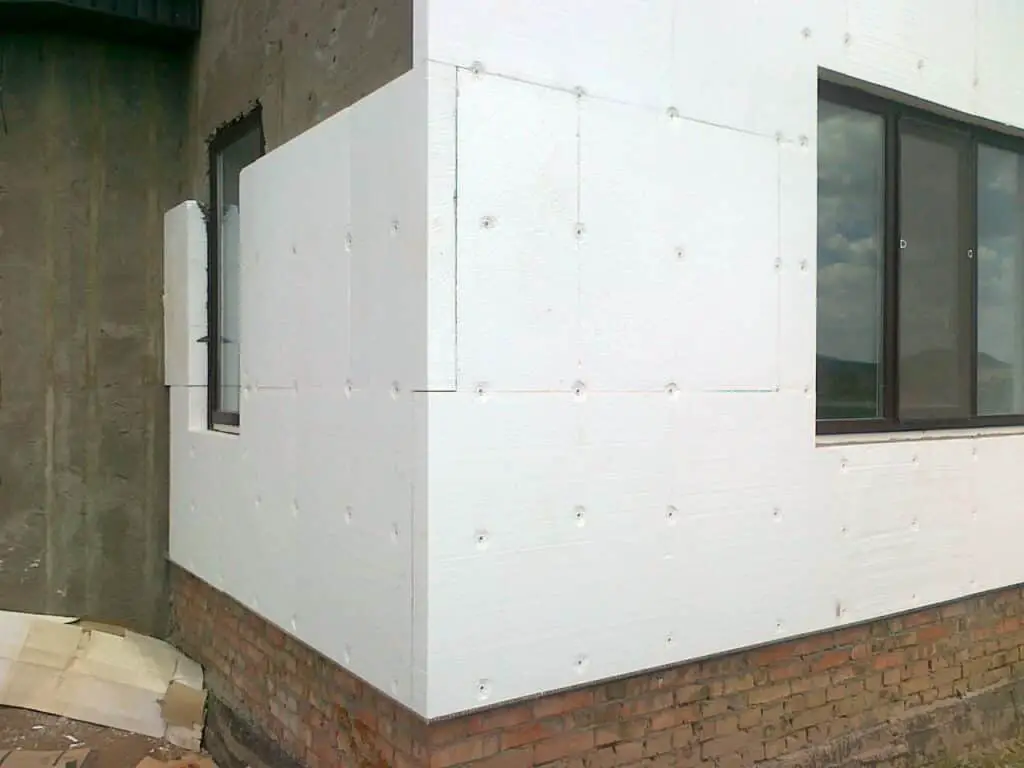
Conclusion
Installing foam board insulation on your exterior walls is a rewarding endeavor that promises improved energy efficiency, comfort, and noise reduction within your living spaces. By following the steps outlined in this guide, you’re well-equipped to successfully execute the installation process and reap the numerous benefits it offers.
Remember that attention to detail is key: ensuring accurate measurements, precise cuts, and secure attachment of the foam boards will contribute to the wall insulation‘s long-lasting performance. Regularly inspect the installation for any gaps, voids, or areas that require attention, as maintaining the integrity of the insulation is vital for consistent thermal performance.
As you complete the installation, take pride in your contribution to a more sustainable and cost-effective home. The investment of time and effort in this project will translate into reduced energy bills, increased property value, and a more comfortable indoor environment year-round. With proper care and maintenance, your foam board insulation will continue to serve as a reliable barrier against the elements, allowing you to enjoy the benefits for years to come.



